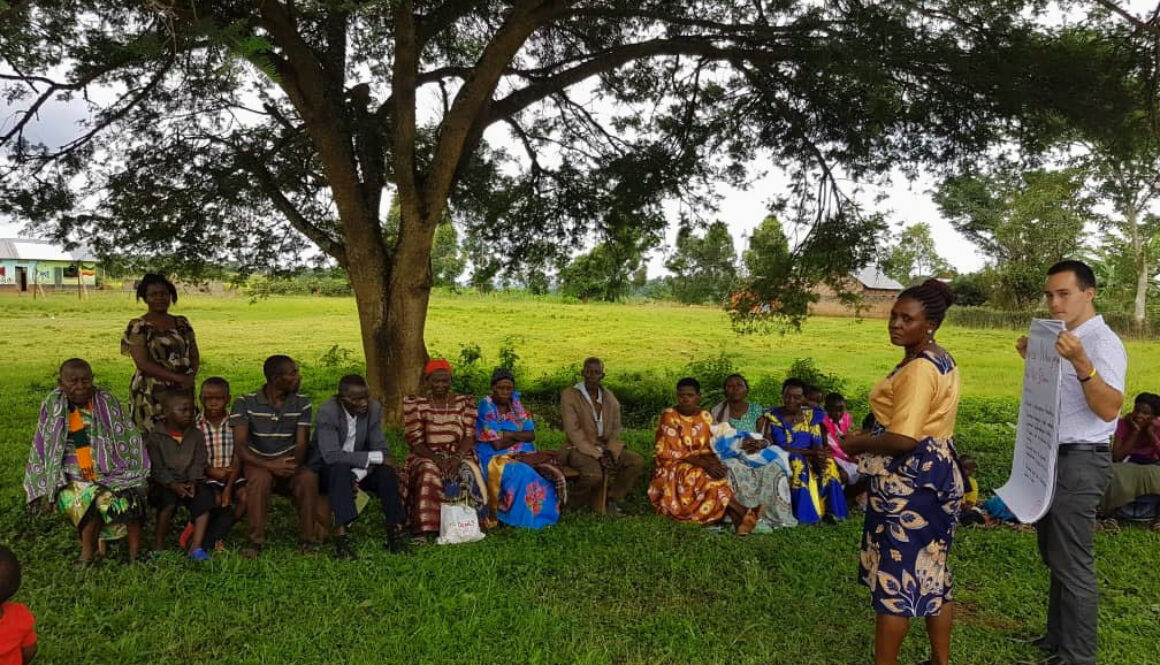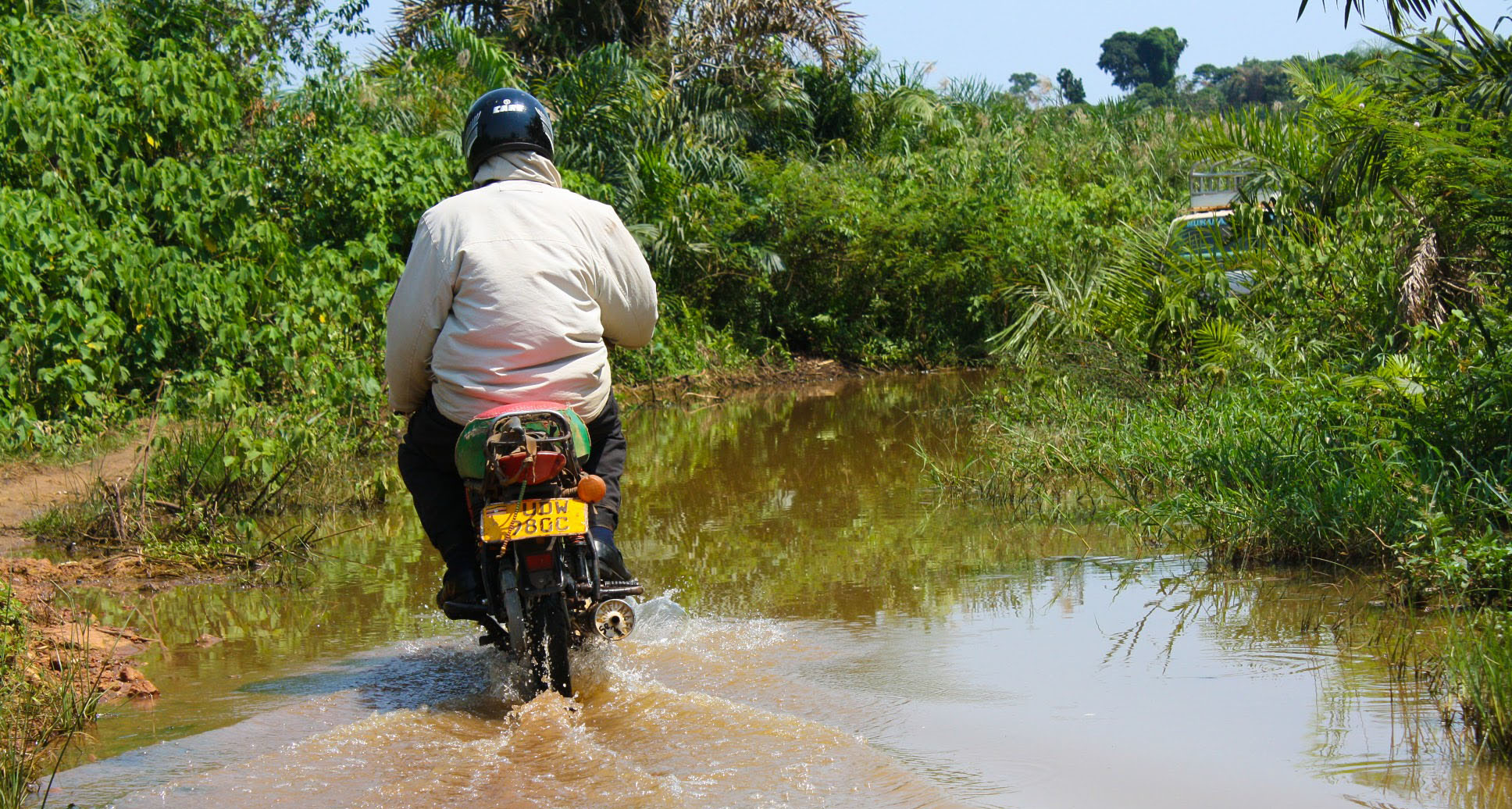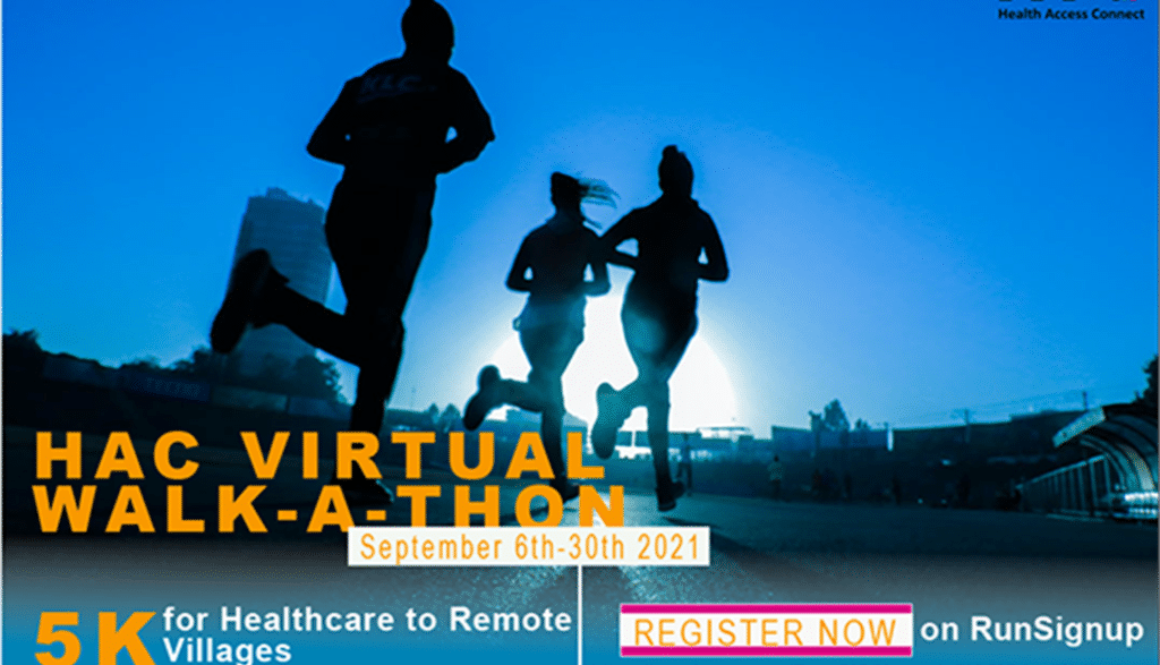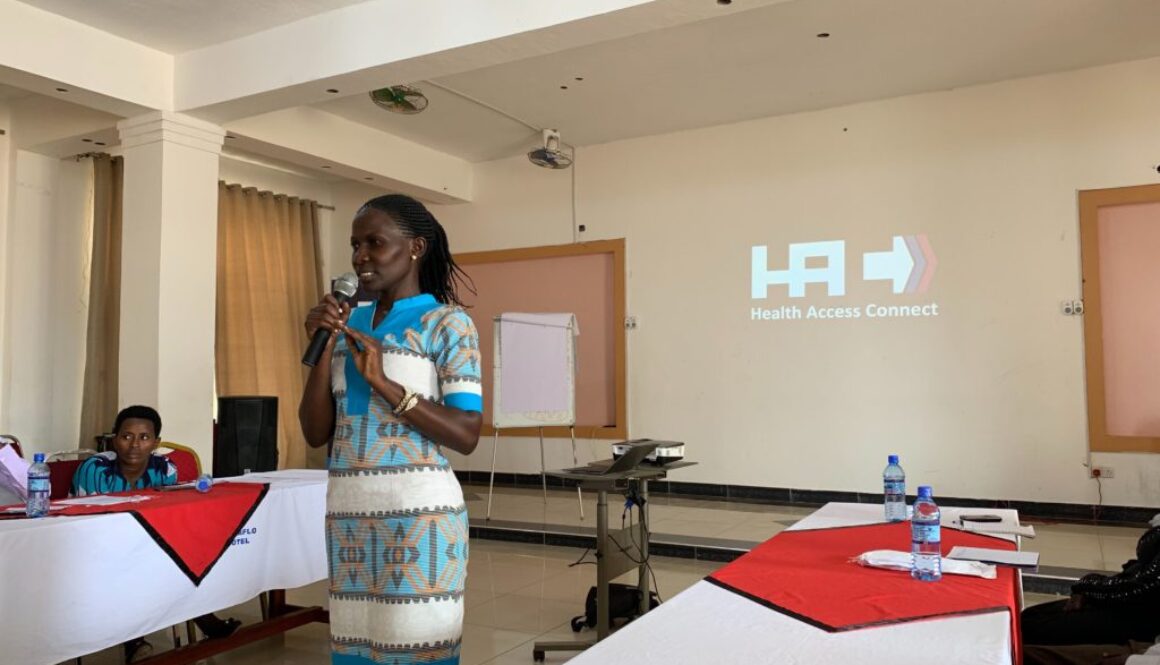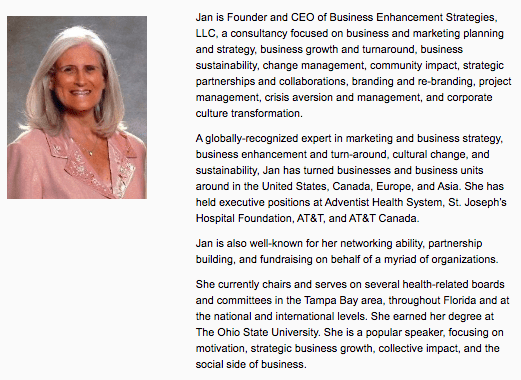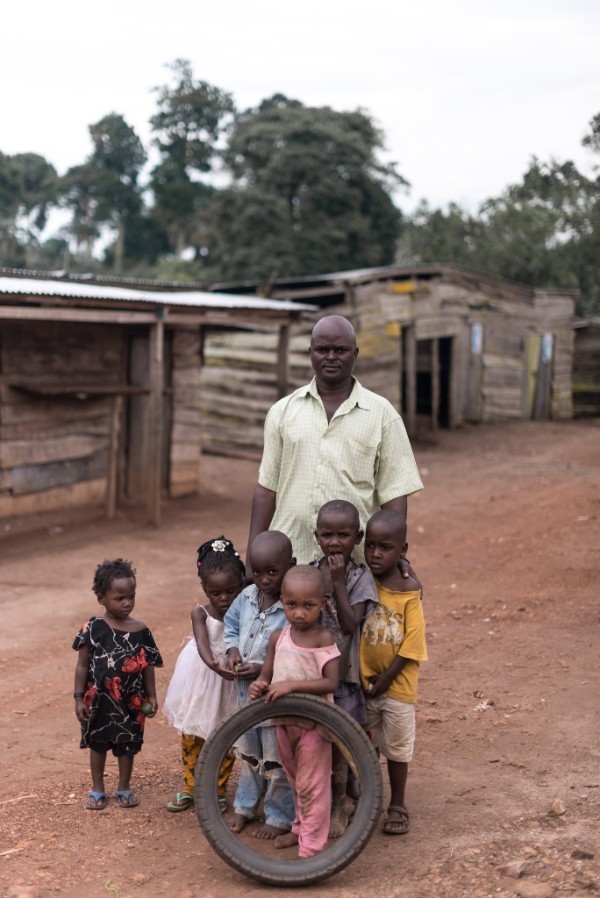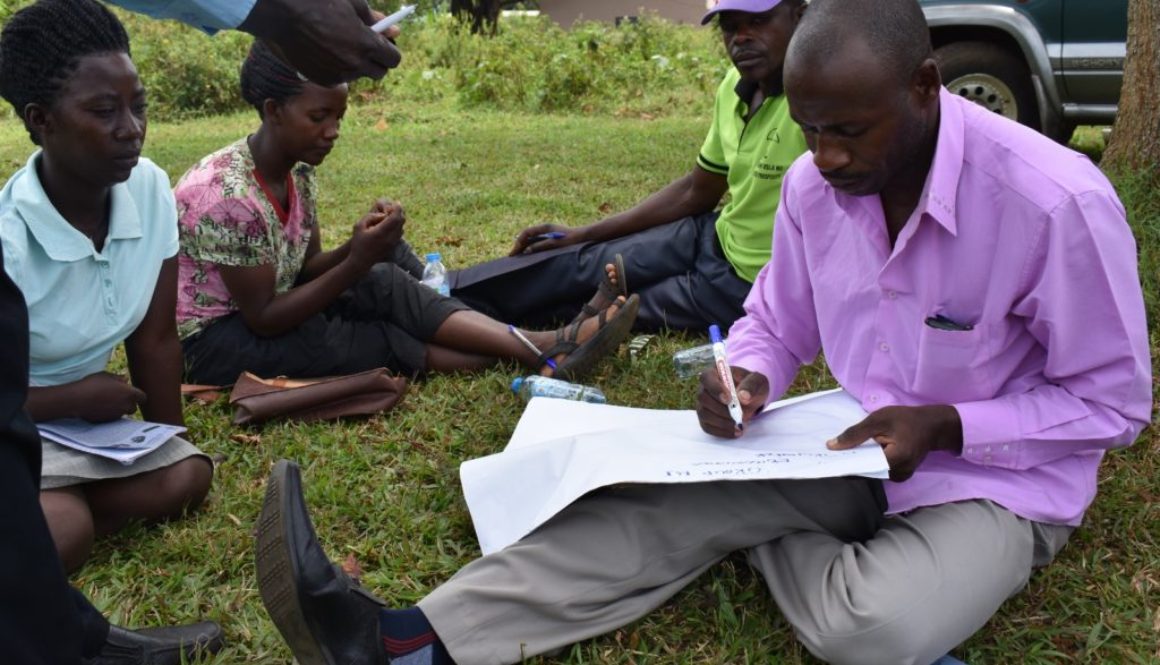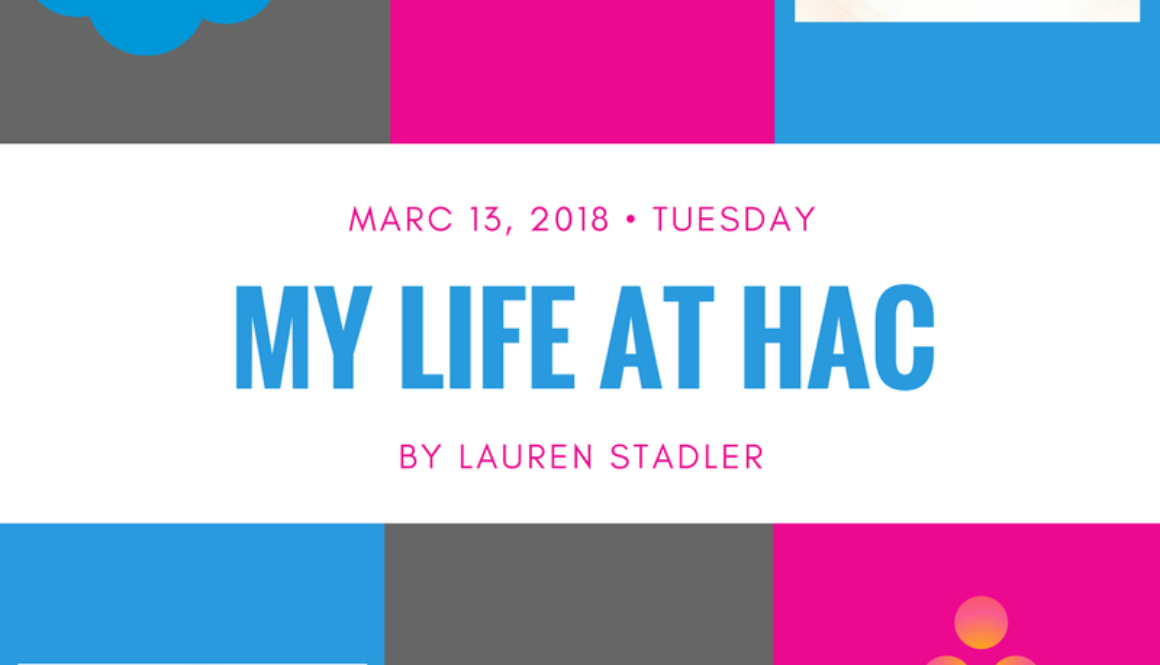A Community Health Worker with a heart for his Community
#Closingthedistance #We love health workers #Access to healthcare #remote communities #Walkathon2022 #Donate
For a long a time, many elderly men and women from Kiziba community in Uganda suffered the heavy burden of diseases like Ulcers, Hypertension, diabetes, HIV/AIDs, and malaria yet bringing closer an outreach clinic that provides treatment for these diseases is all it took to lift the burden of these diseases.
Community health worker, Kaweesi Matia Mulumba, a 35-year-old father in Kiziba community intensely desired to have a community free of treatable illness, but he was completely constrained on how to make that happen. Accessing the nearest health facility to the community is a struggle in terms of distance and unaffordable transport costs.
Mr. Kaweesi lives in Kiziba parish, a remote difficult-to-reach community located in Uganda. The population is made up of a high number of vulnerable elderly people whose immunity often falls victim to a number of diseases and infections. The most common among these diseases though has been severe malaria and other mosquito-borne diseases. This is because of Kiziba’s leafy environment.
The remote community is a whopping 8kms away from Bukoto Health Center III, its nearest health facility, and the road used to enter or exit the community is in a sorrowful state. The transport needed to travel to their nearest health facility in cases of health emergencies is at least US$5. Yet, the majority of the men and women in Kiziba and the surrounding villages live on less than 1 dollar per day. This worried Mr. Kaweesi for years!
Cyclist maneuvers along the road to Kiziba remote community on a rainy day
When hope came…
Mr. Kaweesi while working with Bukoto Health Center III heard of Health Access Connect (HAC), a nonprofit organization that is linking remote communities to government healthcare services. He was instantly drawn to HAC’s work since he also wanted health services brought closer to his community. So he decided to reach out to HAC’s field Coordinator, rest assured that the solution to the poor health burden of Kiziba community had been found!
On contacting the coordinator, Mr. Kaweesi went through a few procedures to get HAC to start work in his community. First, there was a community meeting to seek the views of the community concerning HAC’s Medicycles approach and they embraced it at once. A memorandum of Understanding was signed with the community, and then HAC established an outreach clinic in the community.
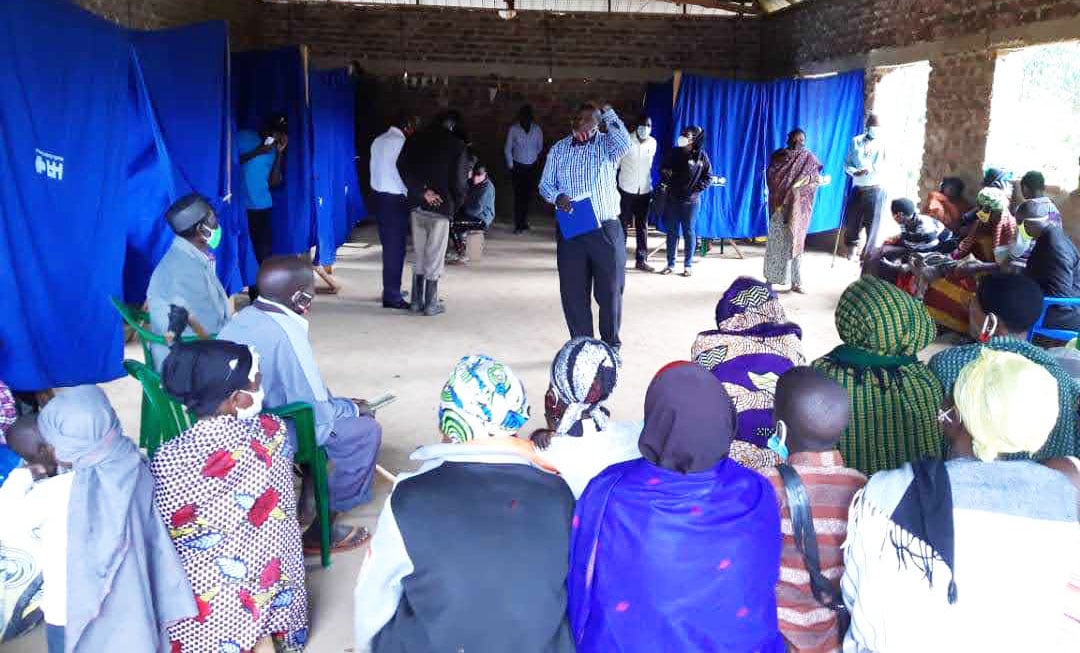
Community members of Kiziba patiently waiting to receive medical attention during the outreach clinic
Mr. Kaweesi says he recalls a team from HAC visiting their community, and explaining to them the possibility of working with government health workers to have health services brought into their community. “We understood their mechanism to create a sustainable way for us to have continued access to healthcare, independent of outside funding. So as a community, we agreed to each contribute 2000 shillings (55 cents) at every monthly outreach clinic to cover the transportation costs of the government health workers” Mr. Kaweesi said
In August 2019, HAC started its first-ever outreach clinic in Kiziba community. That day, over 50 residents were served with several health care services including health promotion sessions, antenatal care, family planning, Antiretroviral treatment, malaria, diabetes, ulcers, Hypertension, and immunizations. These were provided to community members free of charge.
”The community was so thankful that finally, we would no longer travel many miles to access the nearest health center. To this day, we can’t thank HAC enough” retorted Mr. Kaweesi.
Health Access Connect didn’t just stop at that in the community. Realizing that the community didn’t have a permanent site to host the monthly outreach clinics, HAC provided a shelter grant to the community, enabling them to construct a permanent site for the outreach clinic. The organization also made sure to include Mr. Kaweesi in a community health worker training that deepened his knowledge on how to conduct health education sessions addressing critical health topics like sexual and reproductive health, malaria prevention, COVID-19, and others. Mr. Kaweesi went ahead to conduct these sessions for his community to combat cases of malaria, COVID-19, HIV/AIDs, and other diseases.
Since 2019, HAC has distributed a total of 696 patient services during outreach clinics in Kiziba community. This has supported in reducing the burden of the treatable illnesses and infections that the people of Kiziba community were facing.

A Community member is being tested for malaria by a health worker, while a mother and her children pose with the mosquito nets that they received during the outreach clinic in Kiziba community.
Today, the elderly people, as well as the rest of the community members, have health services brought to them in the comfort of their homes. Youth are able to receive testing for HIV/AIDs in time to combat it’s spread, and children have continuous checkups to ensure that they are in good health. Kiziba community is thriving!
“Since we are so often treated and sensitized at the HAC outreach clinics, we are much healthier! We are even able to thrive in all the other aspects of our lives. Our men and women can go to their gardens and dig their food, our children can go to school and study because they are strong enough,” the Village Local Chairperson confessed!
Kiziba remote community is one of many remote communities that HAC has closed the distance for, by presenting them with a sustainable way to have easy access to healthcare. In total, so far, HAC operates the Medicycles program in over 85 remote communities in the districts of Kalangala, Lwengo, Lyantonde, Masaka, Rakai, Ssembabule, and Gomba and is currently expanding to other districts in East of Uganda, with future prospects to expand to other countries within Africa. So far in these communities of establishment, a total of 1,203 outreach clinics have been conducted, with over 50,000 patient services distributed
The organization looks forward to supporting the many other remote communities all over Uganda and around the world to have easier access to lifesaving healthcare services. All this is made possible by the unwavering commitment of donors to support the work HAC is doing.
This month, HAC is hosting a walkathon fundraiser to raise $12000 that can help close the distance for additional remote communities in Uganda that still go through the struggle that Kiziba community suffered for a very long time. If you would like to be part of this transformation, feel free to donate/take part by tapping the button below.
